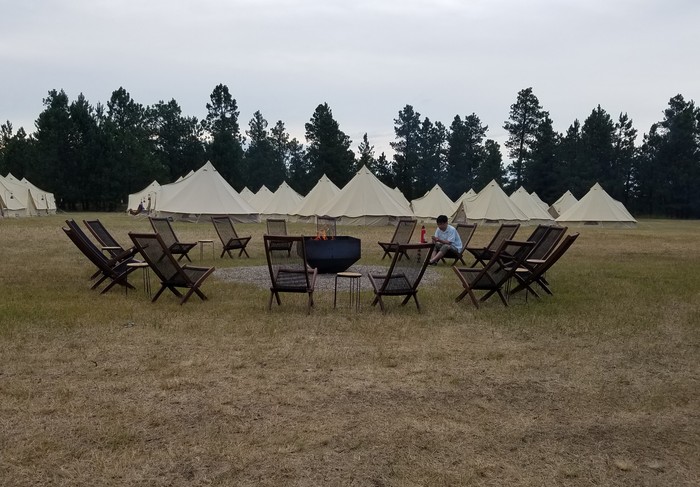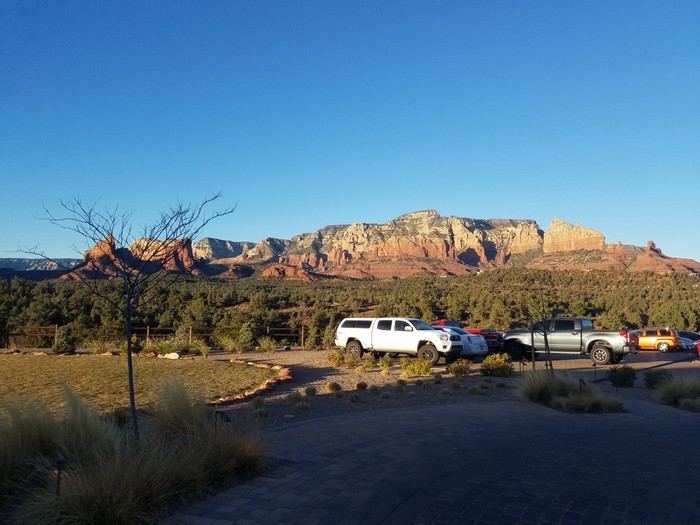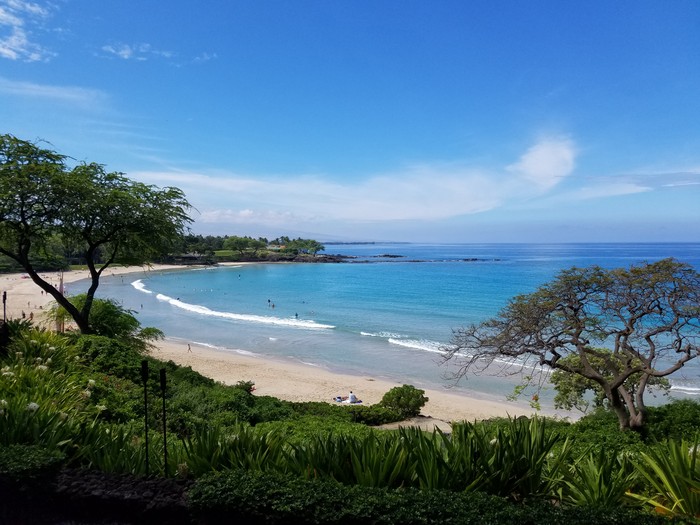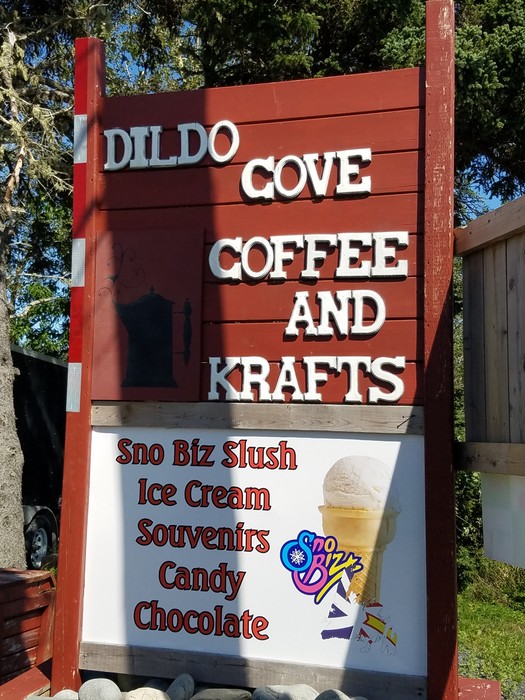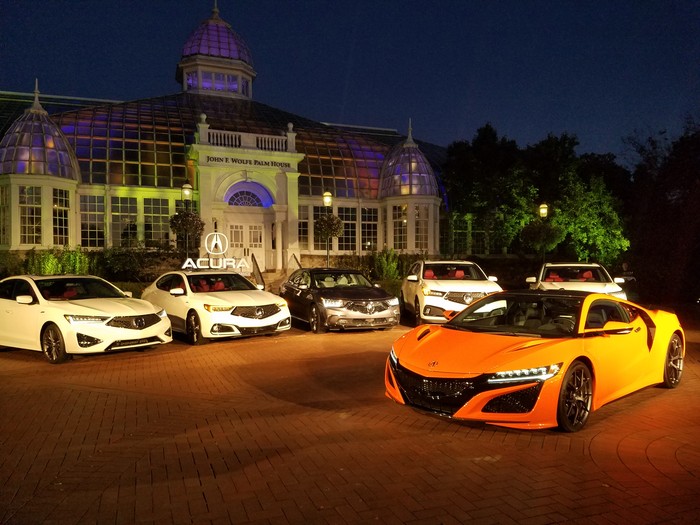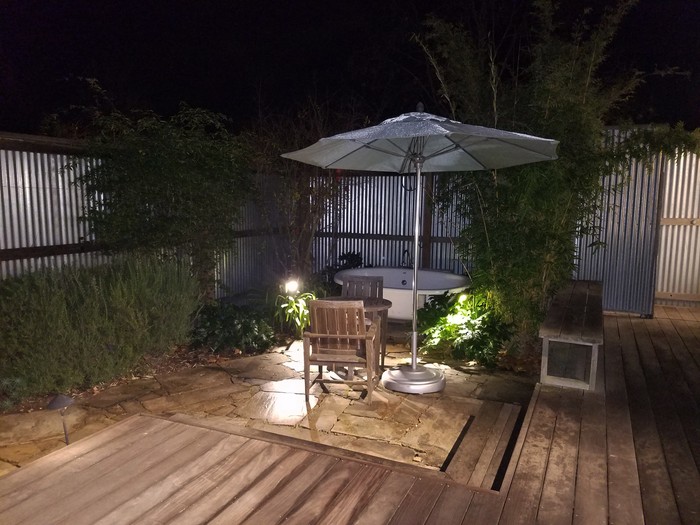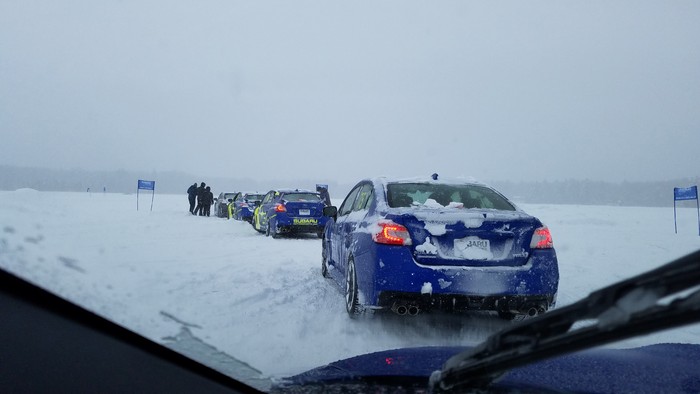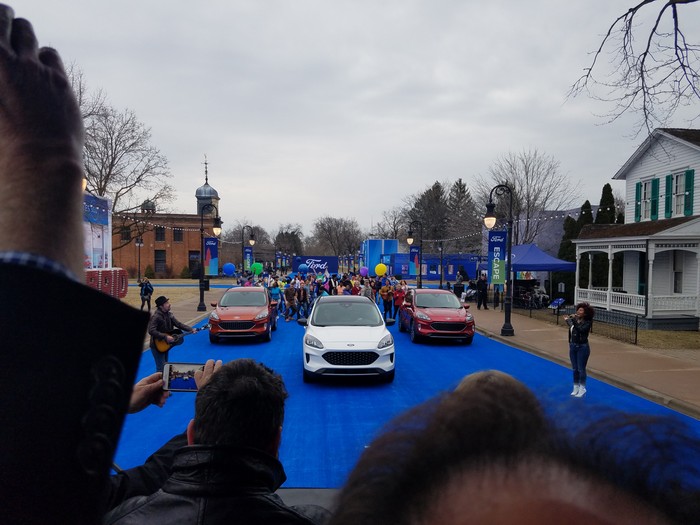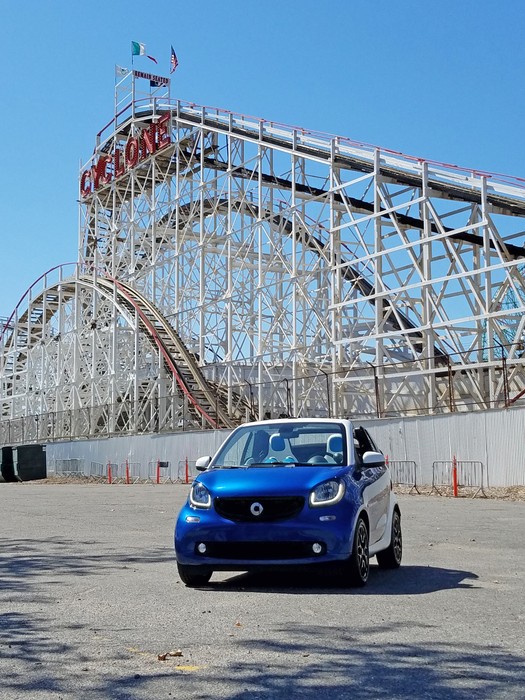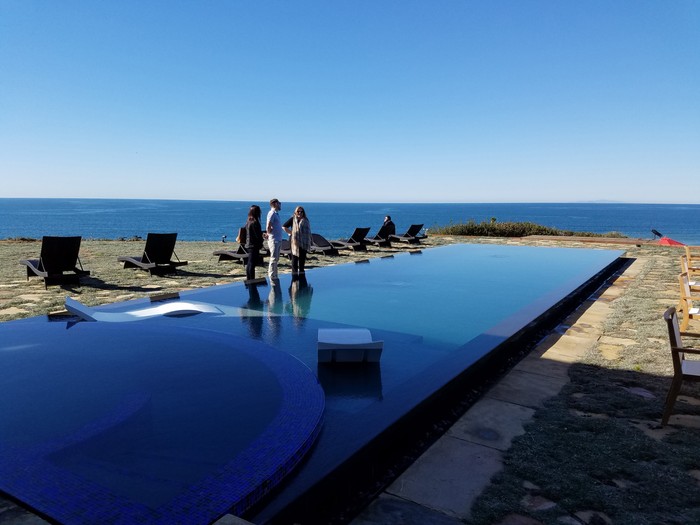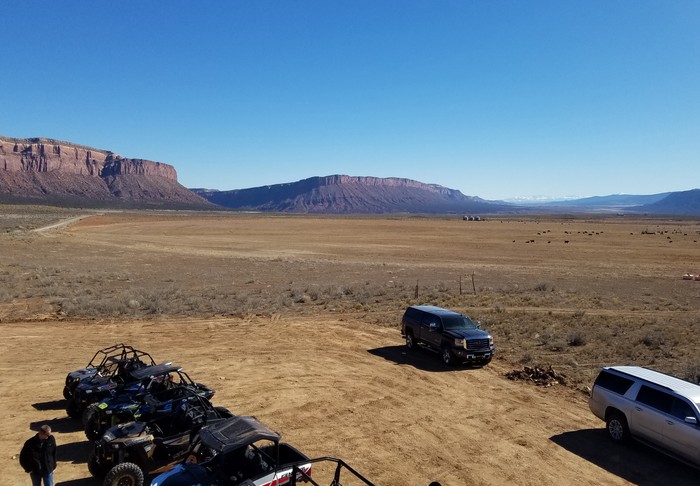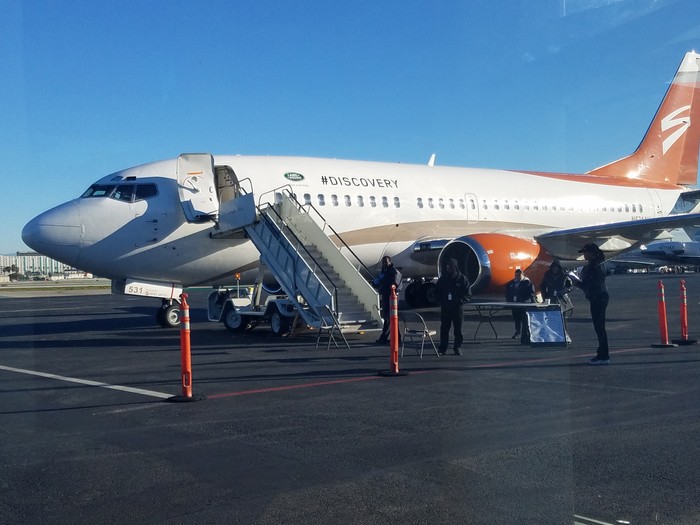
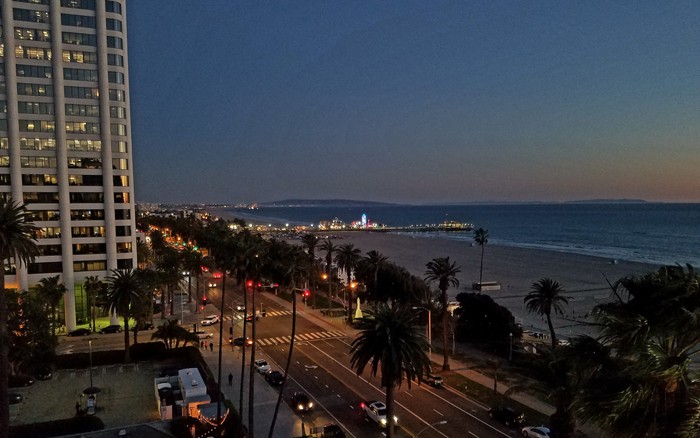
A Leftlane overtake: Laws and Sausages, Part I
You may not know how an automotive review gets made. Byron gives an insider look.
Car enthusiasts often have strong opinions about what constitutes proper automotive journalism, and it should be unsurprising that a substantial portion of them actually have little to no understanding of how this business works.
Why is that? In my experience, this oddly prolific absence of transparency seems to be the result of several wholly disconnected phenomena, some more problematic than others.
The first is that there is an undeniable degree of gatekeeping in the auto journalism community. It's a cool job with good perks, and there are many who would prefer that they not have to share them with you, the hypothetical newcomer.
Second, there are those who would prefer that certain aspects of the automotive journalism machine remain shrouded in a degree of mystery. Their motivations are their own, and I invite you to consider what I'm sharing with you today and then draw your own conclusions as to why.
While those may be entirely valid reasons for the wide disparity between perception and reality, I personally believe the largest contributor is something far less sinister (perhaps almost comically so): More than anything else, there exists a strange notion that nobody really wants to know how the proverbial sausage gets made.
That brings us to our subject, and it's one I'm going to cover in two parts. Today, I'm going to take you inside the process behind the product you see here at Leftlane (and elsewhere; this is nigh-universal). In our second installment, I'll talk about why the system works (or, some may argue, doesn't work).
The "First Drive"
Barring the rare exclusive preview or prototype drive, the "First Drive" is exactly that: the first opportunity the automotive media at large have to drive any given car. This is a fairly universal process. With the exception of some of the more exclusive and low-volume brands, every automaker in the business does a media launch pretty much the same way.
There are two types of launch: The "long lead" and the "short lead." A long-lead event is often scheduled months before the product will eventually go on sale. Short-lead events are generally scheduled to either coincide with the automaker's customer-facing marketing campaign or the car's actual on-sale date (or month, realistically, since delivery schedules can be somewhat fluid and these events are planned many months in advance).
In some instances, a car might be special enough to warrant both. When Jeep launched the 2018 Wrangler, for instance, you may have noticed that a select group of journalists got an early taste of the JL Rubicon in New Zealand. There were likely no more than a dozen members of the media on that trip, whereas the short-lead U.S. media launch in Arizona hosted several waves of some 50 journalists each.
A venue--likely but not necessarily an expensive and fairly exclusive hotel or resort--is chosen. Invitations are sent to priority outlets and individuals (influencers, etc.) first. These are the folks with the biggest names and most significant reach. These are your "buff books" and other high-profile outlets. Subsequent waves of invitations are sent out to fill the event in descending order of value.
This is a simple RSVP process. Unless your outlet insists on self-paying, everything is covered--flights, hotel rooms and meals. As a journalist, you're responsible for nothing more than getting yourself to the airport and onto the plane. The rest is taken care of.
Day one
Upon arrival at your destination airport, a cheerful logistics representative holding the manufacturer's logo on a clipboard greets you and whisks you off to your shuttle--usually one of the OEM's more comfortable existing models--and you're taken to your venue.
This could be three minutes or three hours away, depending on just how daring the automaker is with your time. Sometimes, there's even a chartered flight or boat ride to take you to your next stop, as teased above in the lead photograph.
At the hotel, you're given a name badge, an agenda and a key, and you're generally free to partake of the on-site amenities until cocktail hour or dinner that evening. It's rare to drive anything on the first day, but not unheard of.
After dinner and drinks (both comped, of course), you're again on your own, but you should probably get to bed in anticipation of day two. You're expected bright and early.
Day two
A free breakfast awaits you. If you're smart, you didn't get too close to the bottom of last night's free bottles. A hangover is a terrible thing to endure during the product briefing that comes next.
Product briefings are often anything but brief, and often don't focus entirely on the product(s) in question. They often open more-or-less the same way as your typical shareholder/investor call, detailing marketing strategy, industry health, and company success stories.
After that, there's an overview of the car (or cars, in some rare cases) you'll be driving. This can be anything from perfunctory to excruciatingly detailed. Often, the information you're being fed is also on a USB thumb drive given to you upon arrival, rendering all of this redundant if you possess the ability to read.
Upon graduating from this information dump, you're then finally paired up with another journalist (hopefully, somebody to whom you're comfortable entrusting your life) and sent on your way.
Well, sort of. You're given a pre-determined route with manned checkpoints and driver changes along the way. There's a lunch spot, too (free, again). If you're lucky, there's enough time built into the schedule for you to choose and make use of a good photo and/or video location.
It is from this compressed and heavily structured day that you are expected to evaluate the quality and capability of the car in question. This happens in a vacuum, too, as it's highly unusual for manufacturers to bring along competitive vehicles for comparison. You're likely to see this with domestic pickups and just about anything from Honda, but they're the exceptions rather than the rule.
This is, of course, followed by more wining and dining and a (hopefully hangover-free) flight home the next morning.
The review
Automakers often require that journalists wait for an embargo time to pass before posting stories. This is beneficial both to the OEM marketing teams and many journalists whose media require more production time (such as print or long-form video).
By dint of the fact that these events are such whirlwind affairs, it's very rare to see things such as instrumented testing incorporated into a first-drive story. The logistics required for a more thorough evaluation are, by and large, just overwhelmingly difficult or flat-out impossible.
In rare cases where a publication lucks out and the event is held close to home, representatives of that outlet may be able to squirrel a test car away for a few hours to do their own thing, but it's rare, and almost entirely dependent on the event happening to occur in a place such as Los Angeles (not uncommon) or Detroit (much more so), where most of the traditional outlets are based.
Because of these factors, the information and conclusions in a first-drive review can seem formulaic, bordering on rote. Some members of the press (one of whom previously wrote for Leftlane) have even joked that an author of just-above-average talent and imagination could competently summarize the experience of driving a new vehicle without the inconvenience of actually attending the program.
The "Road Test"
After the media launch, the cars are put into rotation in the various automotive test fleets around the country. From here, journalists can request a loan--usually for a week--for a more "real-world" evaluation.
This is true of everybody from the lowest-level influencers to the fellas over at The Grand Tour. There's a decent chance some random Detroit-area Instagram personality who did six galleries featuring a Dodge Demon key fob drove the same car from which Richard Hammond spent two hours removing the driver's seat--and with the same exact clause about street racing in the loan agreement.
And that brings up another point. As in bowling, press loans have rules. Modifying, damaging or misusing a press car can have serious consequences, especially if you're not in a position to pay out of pocket (or have proper insurance) to cover any shenanigans.
Even track testing almost universally requires the permission of the automaker, and no, you do not want to be asking forgiveness instead, unless a lap time or a sick burnout is really worth never seeing a loan from that manufacturer again.
The comparison test
This deserves special mention because it's something about which the largest number of auto enthusiasts routinely demonstrate a significant misunderstanding. Fundamentally speaking, a comparison test is just a bunch of press loans scheduled at the same time.
As journalists, we are at the mercy of fleet availability, which itself is a product of what the manufacturers are willing to offer up.
Every time somebody complains about the "wrong" trim, option package or transmission being selected for a given competitor, journalists everywhere (competitors included) can be heard banging their heads in frustration.
Not only do we have no control over it, but often the companies in charge of managing press vehicles for the various manufacturers are equally hamstrung. Even the local representative for the automaker may have his or her hands completely tied by the logistics of it all.
That's not even the worst-case scenario, though. Often, if a manufacturer has no car available, that's that. None is supplied. Sometimes, manufacturers won't offer up an older model for comparison because they simply don't want to lose because they don't yet have a new product.
Sometimes they just know the car can't compete, and they'd rather not play than take the (L). It's that simple.
These obstacles aren't always insurmountable. This may be when the resourceful journalist will reach out to a friend who runs the sales floor at a local dealer or petition management for a stipend trip to Hertz. Those aren't always options, though, and sometimes they create larger logistical (not to mention ethical) headaches than they solve.
The bigger picture
For all of the extravagance I've touched on above, there's no escaping one simple fact: This system exists because it's financially advantageous for the automakers. Paying big money for media launches is cheaper than paying for the equivalent exposure in advertising. The second that ceases to be the case, this tenuous arrangement will vanish.
There are already cracks forming in the foundation of the press loan system, for instance. Fleet management companies are consolidating. Fleets are shrinking. In the "good" old days, big V8s came with credit cards for gas purchases. That's unheard of these days.
Plenty of performance car loans come with stern warnings about tire condition. And yes, these vehicles are often monitored. It's more common on press launches, where it's not unusual to spot a GPS transponder while taking photos of the cargo area, but just about every automaker has some sort of connected-car app these days, and you can bet the nanny features are enabled and operating during each and every loan.
If what I've described to you sounds more like the various cogs in a public relations machine than any form of journalism with which you're familiar, that's no coincidence.
Automotive reviewers, like anybody else in product-oriented journalism, need the manufacturers just as much as the manufacturers need us.
It's a form of professional symbiosis. It's a system that seems ripe for ethical tomfoolery, isn't it? And that's where we'll pick back up on Thursday with part two. Until then, happy motoring.
